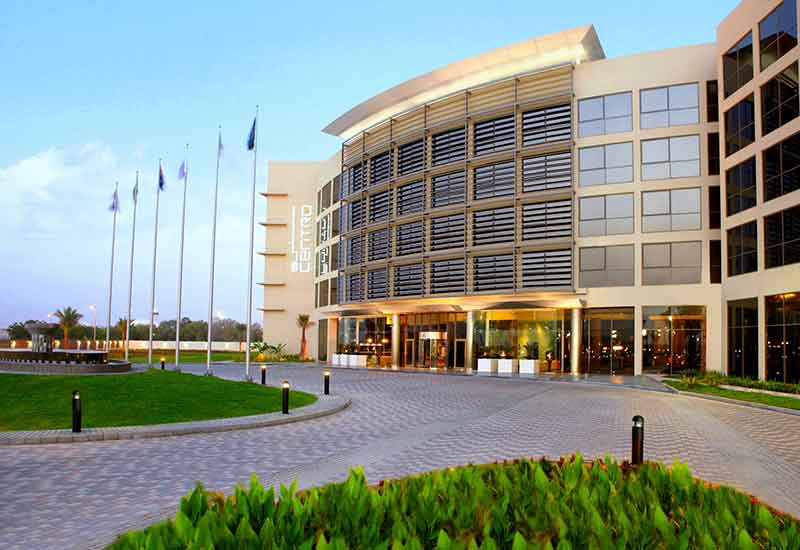The same sentiment is echoed by Swiss-Belhotel International regional director of sales and marketing, Middle East Priyanka Kapoor who oversees Swiss Belhotel Sharjah, a four-star deluxe hotel with a total of 205 rooms and suites.
“2017 was a very good year for us. We saw a healthy increase in the RevPAR compared to last year. SCTDA introduced a special report, in which they were able to keep track of the occupancy and ADR levels of all hotels in Sharjah and seeing the analysis, it seems the market was able to remain steady even with increase in room supply,” Kapoor says.
Centro Sharjah general manager Michael Kasch agrees: “2017 was a successful year for Centro Sharjah. We saw an increase in the average rate, room revenue as well as food and beverage revenue in comparison to 2016. Our occupancy percentage was also maintained.” Kasch also attributes some of the success to Sharjah tourism bouncing back from the slump it experienced a few years ago.
At present, Sharjah’s hotel market is dominated by three- and four-star hotels but is short on five-star hotel supply. However the tide has been shifting. Hewett says due to the noticeable increase in demand for “high-quality premium accommodation” in the emirate, the hotel pipeline features some noteworthy four- and five-star properties set to enter the market.
Hotel brands set to enter Sharjah’s hospitality market over the next five years include brands like Anantara, Pullman, Kempinski, Dusit, Emaar’s Address, Vida and Rove, Novotel, DoubleTree and Jannah. Diversifying the inventory, Hewett says, will help Sharjah target new source markets and “less price-sensitive tourists”.
MICE
In addition to the leisure tourist market growth, Sharjah’s MICE market is also picking up as authorities are making a determined push to increase corporate travellers and capitalise on it, Hewett points out.
“In addition to being a popular tourist destination for leisure travellers, the emirate continues to develop its MICE tourism segment. Expo Centre Sharjah recorded a 7% increase in the number of visitors during Q1 2017 with a total of 302,474 guests who visited 12 exhibitions. The MICE sector is forecast to grow at an annual rate of 7% in the UAE and in order to capitalise on the anticipated growth in demand, Sharjah is currently developing the Al Tai exhibition centre, which is expected to add approximately 370,000 square metres to Sharjah’s total exhibition and conference space,” Hewett explains.
The UAE, as a whole, is working to boost this segment too, and in May 2018, the UAE Cabinet approved a decision to refund VAT to organisers of MICE. The MICE sector contributes nearly US$0.65 billion (AED2.39 billion) to the national economy annually, and the revenue is expected to increase to US$1.39 billion (AED5.1 billion) by 2020.
Source Markets and Segments
In 2017, key source markets in Sharjah were Russia and China with visitors registering a significant year-on-year growth. Russian visitors tallied to 266,086 in 2017, which Hewett points out is a “remarkable 137% growth” on the previous year. “The rebound of the Russian market was facilitated by the appreciation of the rouble against the dollar as well as the introduction of visa-on-arrival for Russian tourists in January 2017,” Hewett explains.
Hotels in Sharjah also saw a total of 120,356 Chinese inbound tourists in 2017 which represented a 71.5% increase compared to 2016. The increase, Hewett notes, was a concentrated effort by the SCTDA which brought about the initiatives to facilitate the growth.
“Growth was nurtured by the introduction of the 30-day visa-on-arrival scheme in late-2016, the opening of a SCDTA representative office in China, the addition of a Chinese language website to Sharjah’s tourism portal as well as the attendance at several tourism fairs in major cities across the country, such as Guangzhou and Chengdu,” Hewett relays.

| Advertisement |









 Search our database of more than 2,700 industry companies
Search our database of more than 2,700 industry companies









